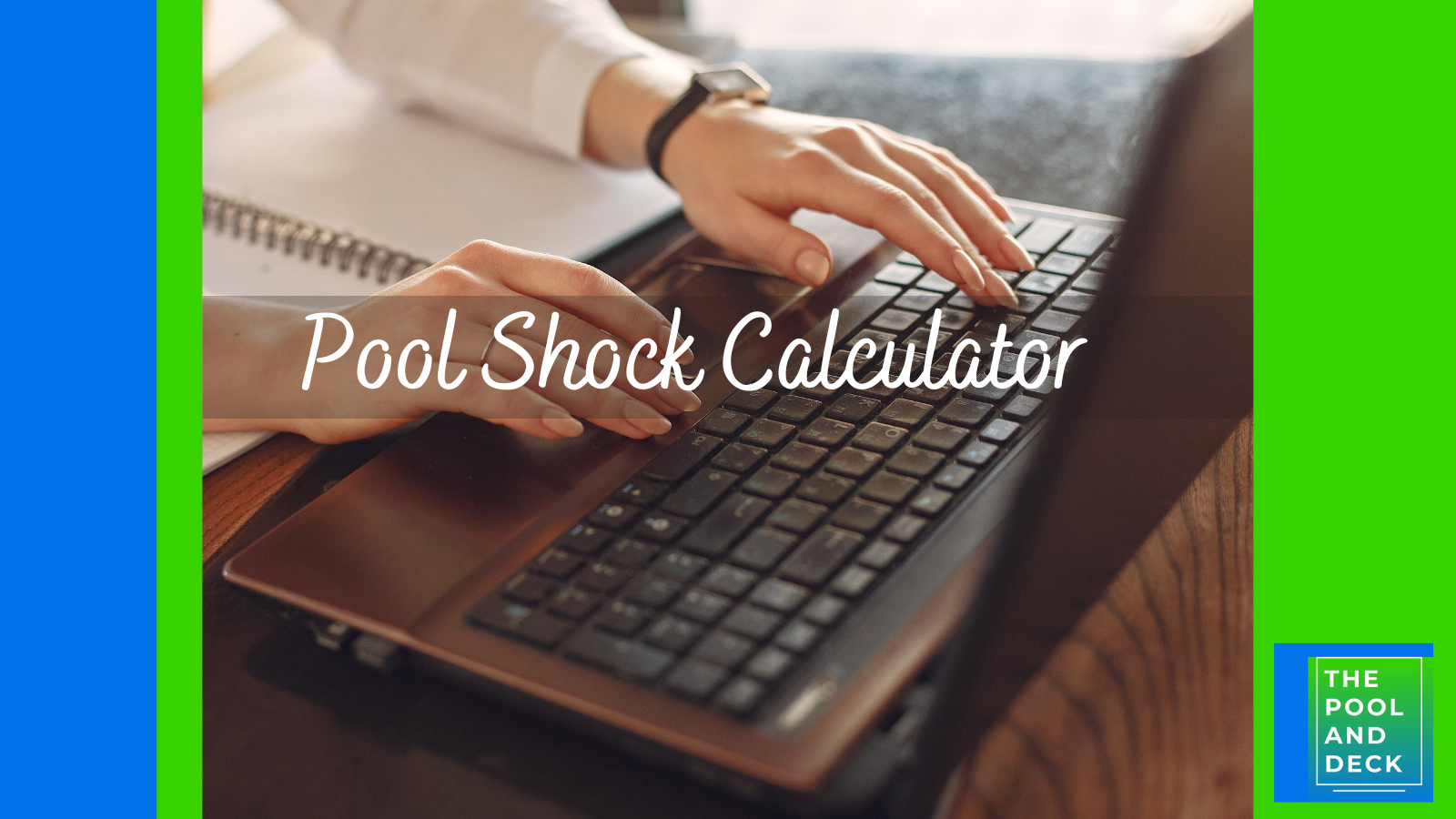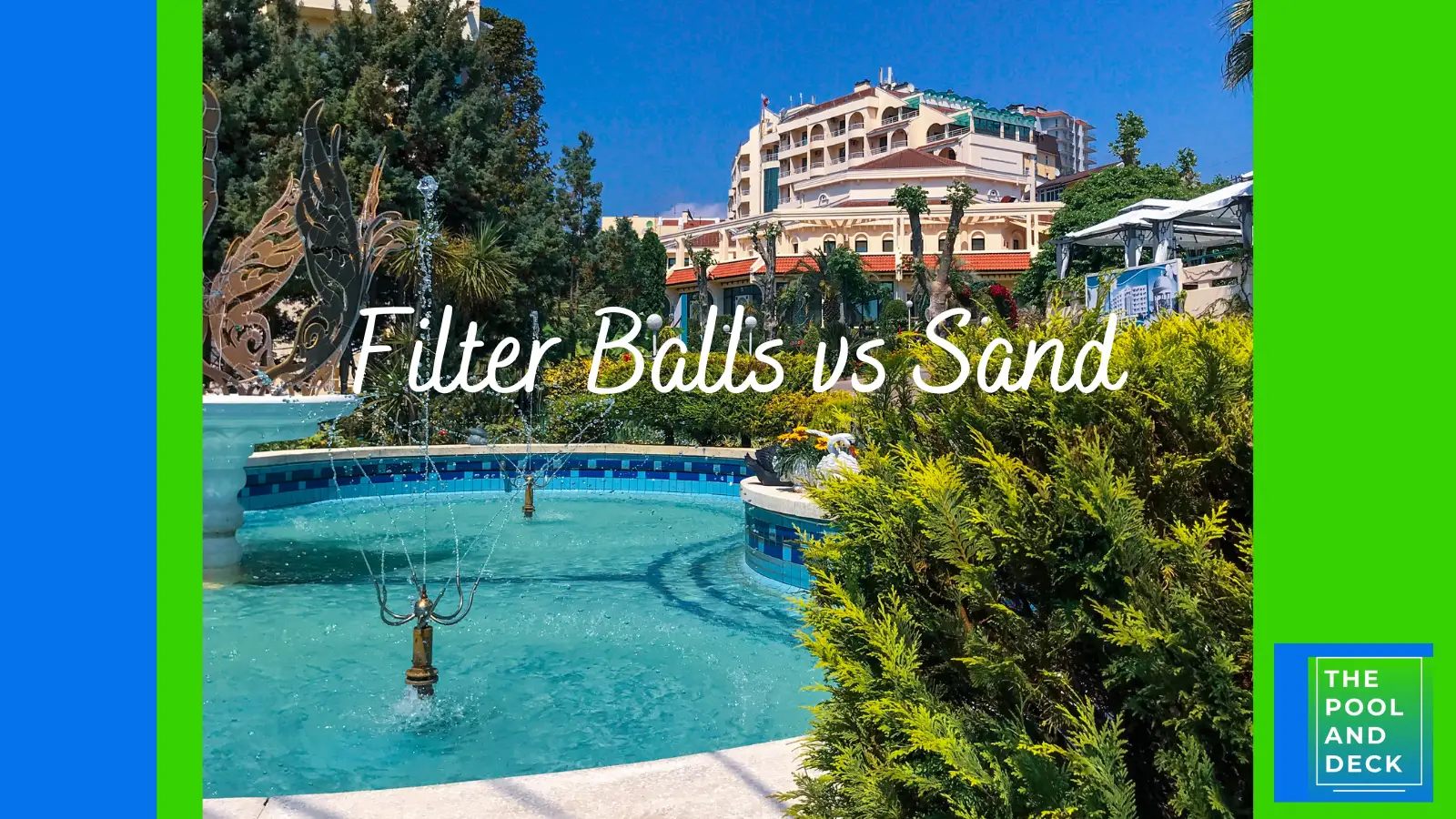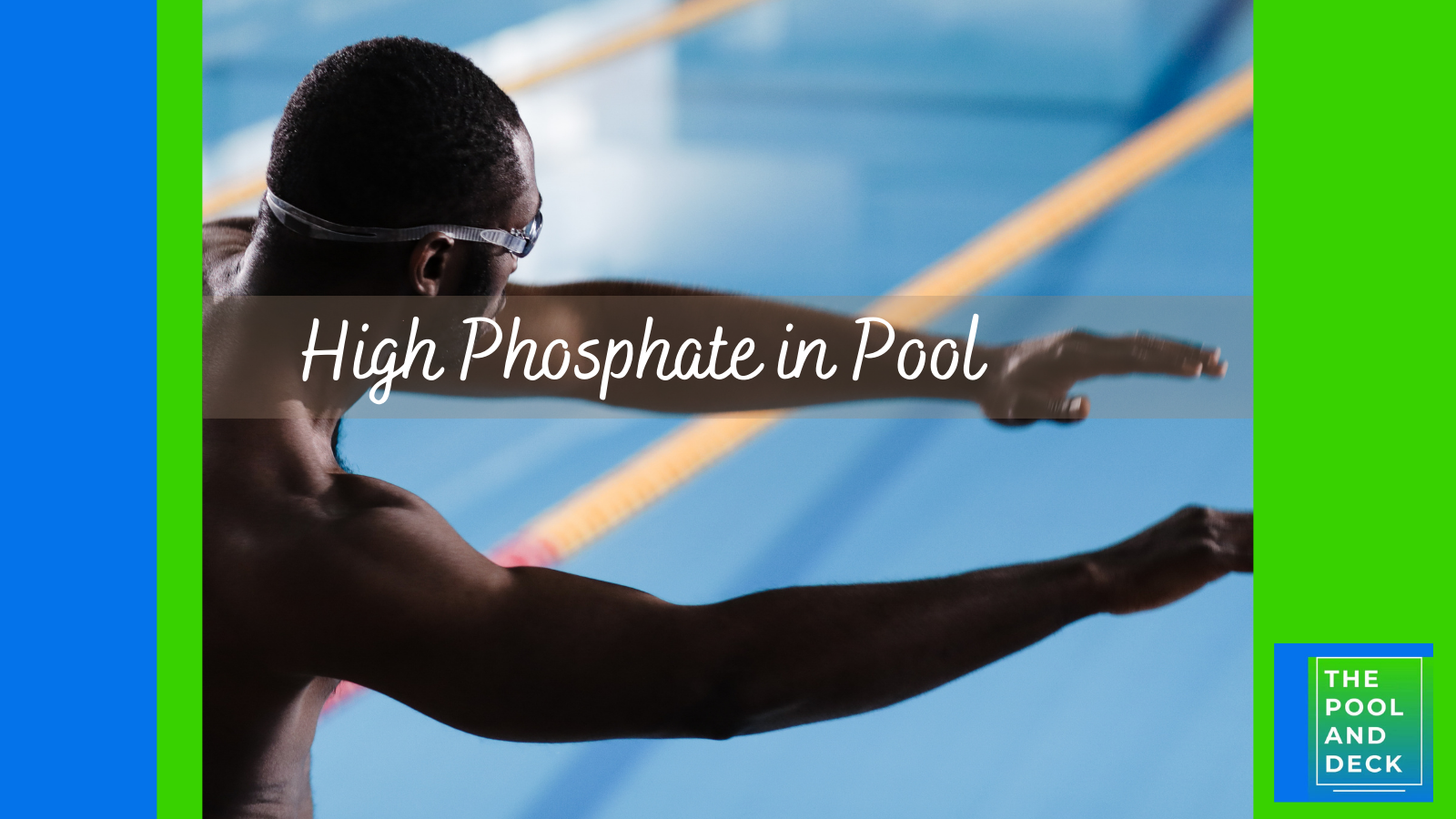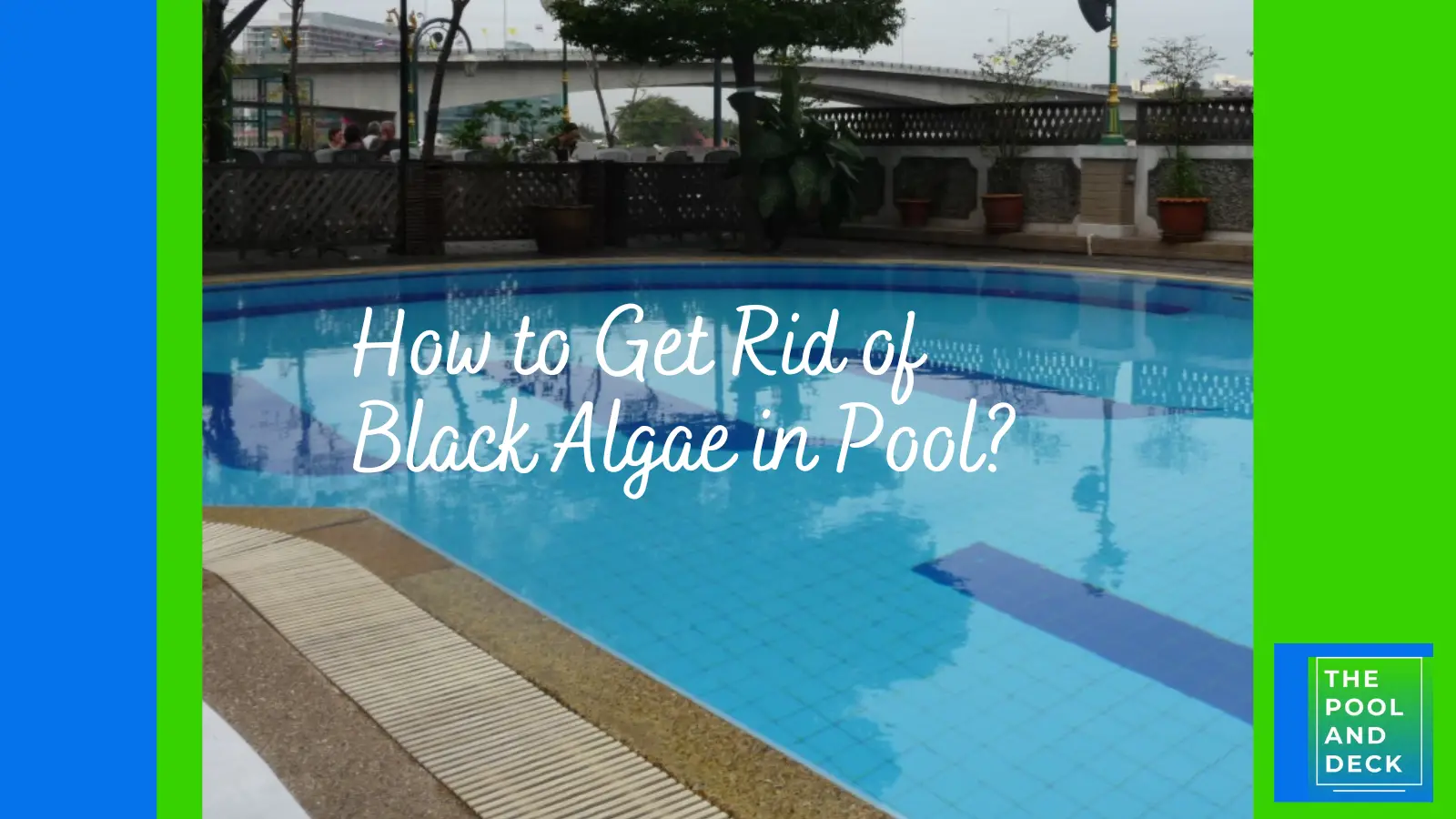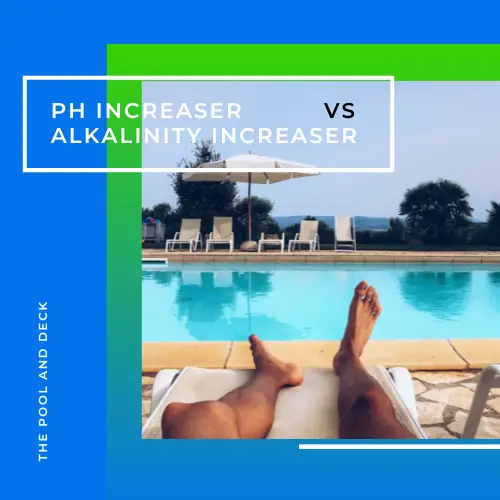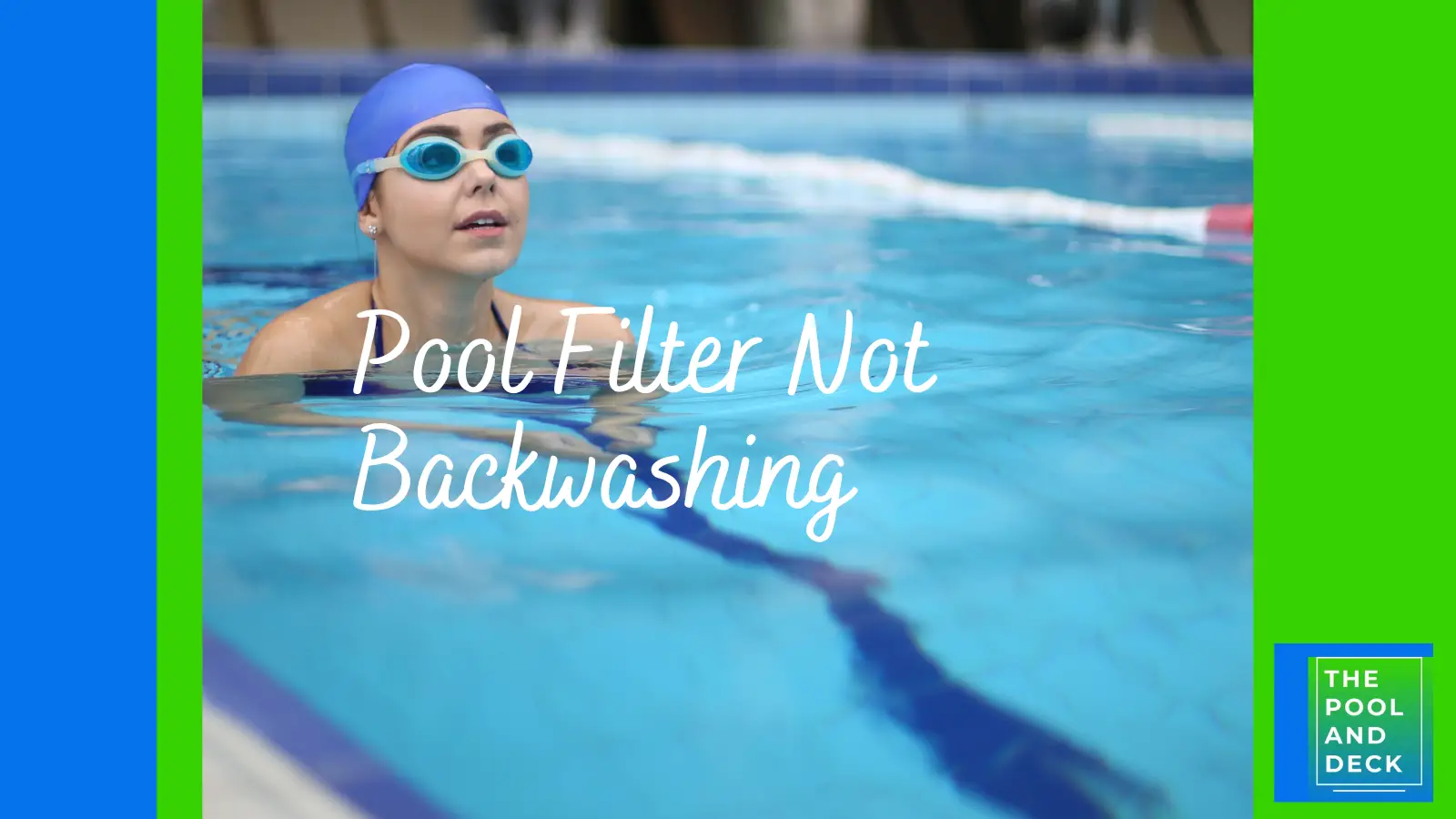Pool Stabilizer Too Low: Cause, Effect & Solution
thepoolanddeck.com is a participant in the Amazon Services LLC Associates Program, an affiliate advertising program designed to provide a means for sites to earn advertising fees by advertising and linking to Amazon.com . The website is also an affiliate of a few other brands. The affiliate links never increase your purchase price. We do appreciate your support. Thank you very much!
If your pool is murky or has a strong chlorine smell then “pool stabilizer too low” could be the problem. Most pool owners, even first time pool owners are aware that chlorine is absolutely required for pool sanitization.
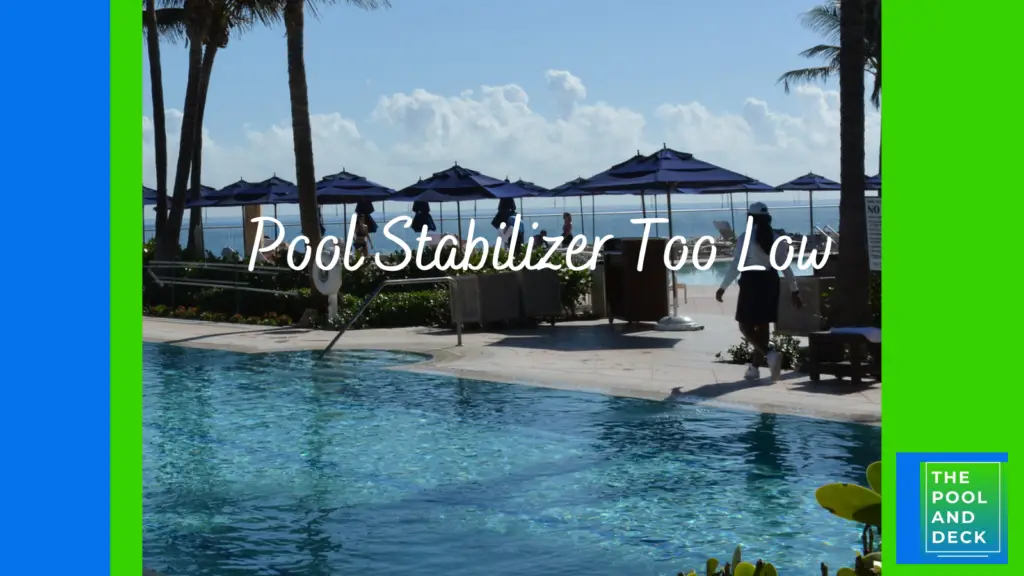
What many may not know is that free chlorine, which is the active sanitizing agent, breaks down very rapidly under UV radiation from the sun.
In fact, without the pool stabilizer, healthy levels of free chlorine can dip below the critical level in less than a couple of hours.
In effect, when the pool stabilizer becomes too low, free chlorine levels fall, chloramine levels rise and your pool becomes unsanitary and unsafe!
Table of Contents
So, What Is a Pool Stabilizer?
A pool stabilizer is a chemical that shields chlorine from sunlight, preventing rapid degradation. The name of this chemical is Cyanuric Acid or CYA for short. It’s crucial for maintaining effective free chlorine levels and ensuring efficient water disinfection.
Pool Stabilizer, also known as Chlorine Stabilizer, helps prolong chlorine’s lifespan in the pool.
Cyanuric acid, a chlorine stabilizer, forms a complex with free chlorine in pool water. This occurs through a reversible reaction where cyanuric acid donates protons (H+) to chlorine molecules.
This creates a stable compound called a chlorinated isocyanurate. UV light can break down free chlorine in the pool, reducing its effectiveness as a sanitizer. The chlorinated isocyanurate formed by the interaction with cyanuric acid acts as a protective barrier.
When you say “pool stabilizer too low”, what you are in effect saying is that the free chlorine in my pool has no protection against UV rays. Without sufficient stabilizer, chlorine loses potency quickly, compromising water sanitation.
Why Is My Pool Stabilizer Too Low?
You can end up with a situation of “pool stabilizer too low” for a variety of reasons.
However, remember that Cyanuric Acid does not degrade or deplete. Pool water or any other pool chemical does not react with it so as to reduce its efficacy.
The only reason for “pool stabilizer too low” situation is that water has been added to the pool and as a result the concentration of pool stabilizer has been diluted.
Pool stabilizer level is measured in parts per million (ppm). So if the pool stabilizer level remains the same but water is added the stabilizer level (in ppm) drops.
Maintaining pool stabilizer level within the 30-50 ppm range is crucial for an effective chlorine shield against sunlight.
Ways in Which Pool Stabilizer Level gets Diluted
As mentioned before, pool stabilizer levels can become too low when water is added to the pool but a matching quantity of pool stabilizer is not. Here are some common ways this can happen:
- Water Dilution: Excessive rain or frequent water additions can dilute stabilizer levels.
- Water Changes: Regular pool water changes without compensating for stabilizer loss.
- Splash Out: Splashing water out of the pool can reduce stabilizer concentration over time.
- Backwashing: Frequent backwashing of pool filters may remove stabilizer along with impurities.
- Incorrect Testing: Inaccurate testing or irregular monitoring of stabilizer levels can lead to oversight.
What Happens If the Pool Stabilizer Is Too Low?
In a nutshell when the pool stabilizer is too low, your pool is most likely to be an unhygienic and unsafe swimming environment. When the cyanuric acid concentration falls below the recommended levels, the pool can be plagued with a myriad of problems.
You may actually notice the effect of a low cyanuric acid level by an increase in the strong chlorine smell. The smell is from the accumulation of chloramines or combined chlorine in the water. This kind of chlorine is less effective as a sanitizer, making it easier for the pathogens to flourish.
The status of “pool stabilizer too low” will also result in an increase in chlorine consumption. UV rays in sunlight break down chlorine in pool water quite rapidly. The result is a substantial depletion in the amount of active chlorine in the pool, which will need to be replaced.
How Do I Raise the Pool Stabilizer Level?
The short answer is you need to add Cyanuric Acid to your pool water. Of course, you must ensure that you add just the right amount to cover up the shortfall.
Remember, excessive pool stabilizer can lead to its own set of problems. Pool stabilizer level of 100 ppm or more may cause chlorine to become ineffective. This phenomenon is called “stabilizer lock”. You get the idea!
Before adding any chemicals to your pool, it is essential to test your water using a liquid test kit or test strips. Based on the test result, balance the pH level and total alkalinity, first.
There are two ways to increase the Cyanuric Acid (CYA) level of your pool:
Add Stabilized Chlorine
Stabilized chlorine, such as dichlor or trichlor granules or tablets, has cyanuric acid incorporated in the formulation. This can be a way to introduce CYA into your water, if you have been using un-stabilized chlorine or liquid bleach.
Recommended Pool Sanitizer (Trichlor)
HTH 42055 Pool Care 3″ Chlorine Tabs Advanced
Sanitizer, clarifier, and algaecide to protect your swimming pool and swimmers with one easy and convenient tab.
Add Cyanuric Acid Directly
You could also add pure cyanuric acid, also known as a chlorine stabilizer or conditioner. This method is ideal if you want to control the amount of CYA in your water.
Generally 3 ounces of pool stabilizer will raise a 10,000-gallon pool’s CYA levels by 10 ppm.
Recommended Pool Stabilizer (Cyanuric Acid)
HTH 67061 Pool Care Stabilizer
- EXTENDS CHLORINE LIFE: Helps slow down the degradation of chlorine by direct sunlight
- EASY APPLICATION: Simply add HTH Chlorine Stabilizer directly to your skimmer
FAQ: Pool Stabilizer Too Low
How Often Do You Put Stabilizer in a Pool?
Stabilizer is added to the pool as needed, typically during the initial pool setup or after significant water changes.
In case you are using Trichlor tablets, then you are adding Cyanuric Acid (CYA) on a regular basis to your pool. This because CYA is an integral part of Trichlor.
What Can I Use Instead of a Pool Stabilizer?
Nothing can substitute pool stabilizer’s role in protecting chlorine from sunlight.
Alternative methods fall short, risking chlorine degradation and pool water quality.
Can Pool Stabilizer be Too High?
Yes. This is often the issue with pools that use Trichlor tablets for regular sanitation and may also use Dichlor Shock.
What are Pool Stabilizer Disadvantages?
High pool stabilizer levels (over ppm) can lead to “stabilizer lock,” hindering chlorine effectiveness.
Overuse accumulates stabilizer with each application. Dilution is the primary remedy, requiring partial water replacement.
For more information check out my Pool Chemistry for Beginners: With 5 Super Helpful Cheat Sheets!
Thank you very much for reading the post. I do hope you found it informative and helpful.



